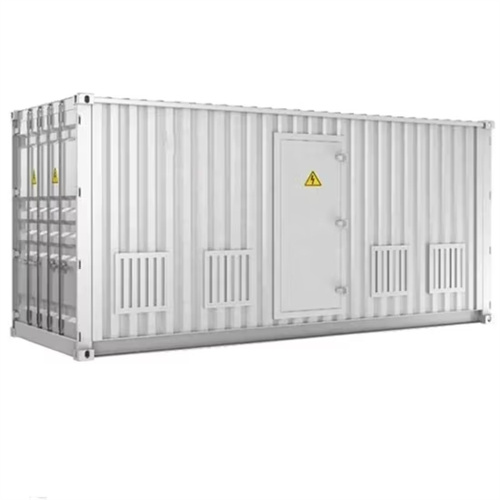About Superconducting coil energy storage system
This paper provides a clear and concise review on the use of superconducting magnetic energy storage (SMES) systems for renewable energy applications with the attendant challenges and future research direc.
••Review of SMES for renewable energy applications has been.
Renewable energy utilization for electric power generation has attracted global interest in recent times [1], [2], [3]. However, due to the intermittent nature of most mature ren.
2.1. Magnetized superconducting coilThe magnetized superconducting coil is the most essential component of the Superconductive Magnetic Energy Storage (SMES) System.
There are several energy storage technologies presently in use for renewable energy applications. In general, energy storage systems can be categorized into five. These are el.
4.1. Bibliographic analysisSeveral investigations have been carried out on the development and applications of SMES for renewable energy applications. The top 1240 mo.
Superconducting magnetic energy storage (SMES) systemsin thecreated by the flow ofin a coil that has beencooled to a temperature below its . This use of superconducting coils to store magnetic energy was invented by M. Ferrier in 1970.A typical SMES system includes three parts: superconducting , power conditioning system an.
As the photovoltaic (PV) industry continues to evolve, advancements in Superconducting coil energy storage system have become critical to optimizing the utilization of renewable energy sources. From innovative battery technologies to intelligent energy management systems, these solutions are transforming the way we store and distribute solar-generated electricity.
When you're looking for the latest and most efficient Superconducting coil energy storage system for your PV project, our website offers a comprehensive selection of cutting-edge products designed to meet your specific requirements. Whether you're a renewable energy developer, utility company, or commercial enterprise looking to reduce your carbon footprint, we have the solutions to help you harness the full potential of solar energy.
By interacting with our online customer service, you'll gain a deep understanding of the various Superconducting coil energy storage system featured in our extensive catalog, such as high-efficiency storage batteries and intelligent energy management systems, and how they work together to provide a stable and reliable power supply for your PV projects.
Related Contents
- Superconducting coil energy storage system
- Superconducting energy storage utilization
- Superconducting light energy storage
- The development of superconducting energy storage
- Superconducting magnet energy storage formula
- Capacity of superconducting energy storage
- Superconducting energy storage limit
- Superconducting energy storage device name
- Superconducting energy storage and capacitance
- Superconducting energy storage laser
- Rare earth superconducting energy storage
- Superconducting energy storage battery price


